
Miller Theatre at Columbia University presented the third and final concert in its celebration of maverick composer, saxophonist, and producer John Zorn’s 70th birthday. These concerts mark the latest chapter in a fruitful collaboration between Columbia and Zorn, which has seen several world premieres of the composer’s work and the genesis of his solo organ improvisation series The Hermetic Organ at the university’s St. Paul’s Chapel. The composer himself, resplendent in cargo pants and looking not a day over 50, was in attendance and provided charmingly casual introductions to the program.
Although primarily known as a vanguard of the Downtown music scene, Zorn’s artistic and intellectual ethos is at home at this decidedly Uptown institution. His work is genre-promiscuous, bouncing from Classical to Jazz to more popular forms often in the space of a single piece. Yet, it is firmly rooted in a core intellectual tradition that would not be out of place on any liberal arts curriculum: this concert saw the composer draw upon influences as diverse Emily Dickinson, English Renaissance occultism, Surrealism and Greek mythology. Indeed, much of his oeuvre is highly referential, both thematically and harmonically. Zorn’s referencing, however, is not a matter of pastiche but of an irreverent, playful engagement with the past that challenges that repurposes tradition to explore what it means to create and consume art in the present. These concerns, as illuminated by fellow multi-hyphenate Barbara Hannigan, JACK Quartet, and a coterie of frequent Zorn-collaborators, made for a largely satisfying evening of music.
The program opened with Split the Lark, seven nocturnes for voice and piano that found Hannigan joined by accompanist Stephen Gosling. The cycle takes its name and text from the envelope fragments of Emily Dickson: stanzas and lines found on crumpled scraps and unsent envelopes among the poet’s personal papers. Rather than coalescing these lines into conventional art songs, Zorn’s composition recreated the experience of encountering the fragments down to faded ink and yellowing pages. Jazzy, sinewy vocalizes that hovered above Ravel-inflected arpeggios gave way to frantic staccato sections that called upon Hannigan to whisper, coo, and lip trill as if mimicking the loops of the poet’s hand against the creasing of the page. At points, Golding plucked the piano strings before launching back into the arpeggios or a series of wide chords, suggesting a line break or a more irreparable caesura.
Adding to this act of musical kintsugi, Zorn had the text emerge from the music in surprising ways; he very seldom set the lyrics to melody, often calling upon the soprano to intone the lyrics or stretch them into near-unrecognizability. Hannigan alternated between these moments of vocalization and recitation effortlessly, imbuing a sense of discovery and wonder into each line of text. By the final fragment, she seemed to be gasping in ecstasy. Her silvery, lithe soprano traversed the demands of Zorn’s changeable vocal lines and bloomed during a luscious upwards glissando in the sixth song, “Eternity will be Velocity.”
The full angular beauty of her instrument was on display in Liber Loagaeth, a world premiere composition for voice and string quartet that the composer described as somewhere “between a prayer and spell.” Her voice never rose above a mezzo forte, yet it added a gossamer sheen that wove in an out of the instrumental lines, adding the necessary incantatory element to a composition that was often in need of direction. Indeed, the piece consisted large of a series of tremolos punctuated by the occasional pizzicato section or shuddering harmonic crash, all of which evoked witchy happenings in a heath. JACK Quartet approached these gothic atmospherics with as much verve as the score permitted, but the piece’s lack of shape gave them little space to display their full abilities. It sounded like what I imagine the score to an art-house version of Harry Potter would.
The program regained momentum with what Zorn called a transition “from the sublime to the ridiculous”: two musical tributes to two female surrealist artists, Remedios Varo and Leonora Carrington. The first, Star Catcher, saw Jorge Roder on bass and Ches Smith on drums improvise as Gosling worked off a classically notated score and Hannigan sang off a list of Varo’s paintings. The line between notated and the improvised rhythm sections would often blur into thunderous frenzy of chords and drum rolls. The overall effectiveness of these moments of convergence can be owed to the excellent communication between Roder, Smith and Gosling, which, in turn, sustained the piece’s zany energy throughout. Hannigan had a firm grasp of the piece’s jazzier idioms as well as its absurdist turns; she barked, growled, laughed, and launched into a full-on Gollum impression with gusto. Roder was also a standout, creating a creaking, moaning effect with his bass that suggested the darker shades of Varo’s pallet. Ab Eo, Quod, the Carrington tribute, was a much more ethereal take on the surrealists. Sae Hashimoto’s vibraphone and Ikue Mori’s electronics bounced off the vocal line, expanding the piece’s soundscape into the otherworldly dimensions of its subject’s canvases.
Pandora’s Box, written for soprano and string quarter, referenced Alban Berg’s Lulu heavily in its treatment of the vocal line and its Second Viennese School-esque chromaticisim, though its New Age-y text, also by Zorn, bore little relationship to Wedekind’s original. In this piece, Hannigan and JACK quarter let loose their full ferocious artistry, as they voiced the spirits and nocturnal forces emerging from the titular’s box. Hannigan displayed her coloratura chops and she conveyed a genuine sense of distress and terror as her vocal paroxysms gave way to screams. The piece resolved in a series of diaphanous, dissonant chords as Hannigan whispered the concluding lines of text: a final appeal to hope amid the terror. The extent of her artistry is so complete that she held the audience spellbound in those final moments of silence.
As a birthday treat, Hannigan and Gosling returned for a never-before-performed piece of Zorn juvenilia, entitled “NAZDAR, POUPON, NAZDAR” after the inks the composer used in his silk screening as a sixteen year-old. It was clear proof that Zorn has retained the same youthful zeal and intellectual capaciousness throughout his long and varied career. May it continue for some time to come.
Win tickets to Piotr Beczala at Carnegie Hall!
pb—with our friends at Carnegie Hall—is giving away two tickets to PB’s December concert. Enter now!
pb—with our friends at Carnegie Hall—is giving away two tickets to PB’s December concert. Enter now!
-
Topics: barbara hannigan, miller theater, review
Latest on Parterre
Win tickets to Piotr Beczala at Carnegie Hall!
pb—with our friends at Carnegie Hall—is giving away two tickets to PB’s December concert. Enter now!
pb—with our friends at Carnegie Hall—is giving away two tickets to PB’s December concert. Enter now!
Reach your audience through parterre box!
parterre box, “the most essential blog in opera” (New York Times), is now booking display and sponsored content advertising for the 2023-2024 season. Join Carnegie Hall, Lincoln Center, Warner Classics and many others in reaching your target audience through parterre box.
parterre box, “the most essential blog in opera” (New York Times), is now booking display and sponsored content advertising for the 2023-2024 season. Join Carnegie Hall, Lincoln Center, Warner Classics and many others in reaching your target audience through parterre box.
parterre in your box?
Get our free weekly newsletter delivered to your email.
















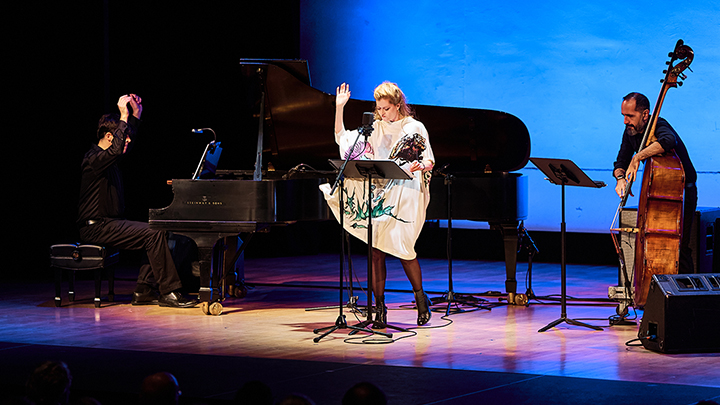
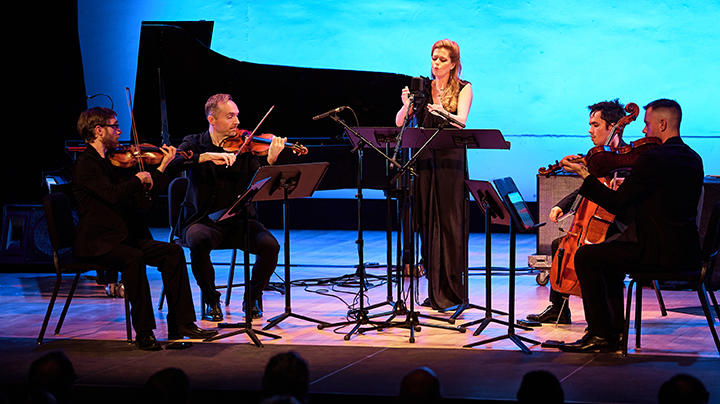
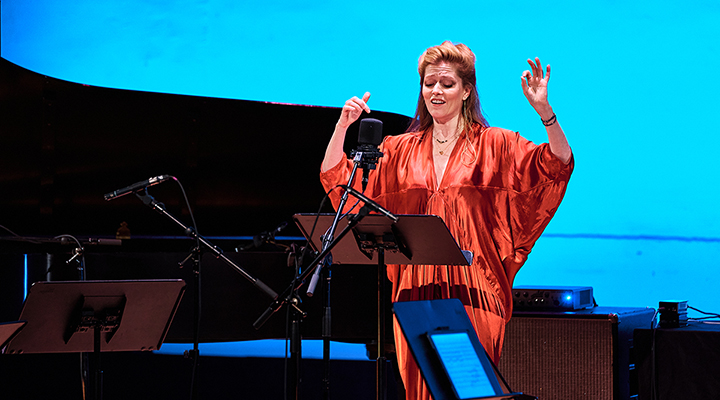


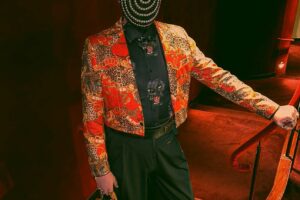
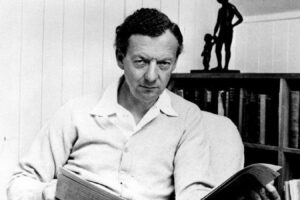






Comments